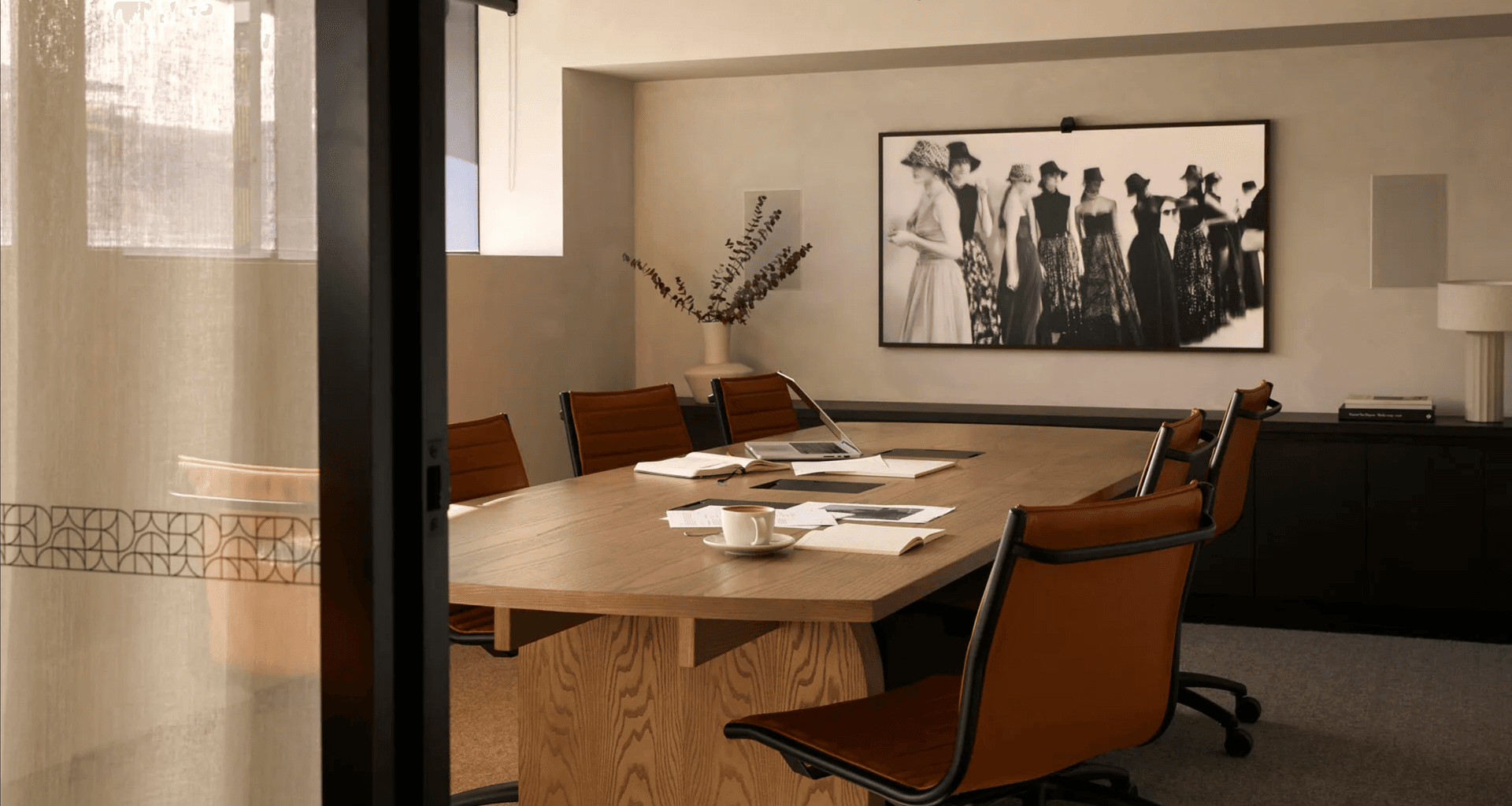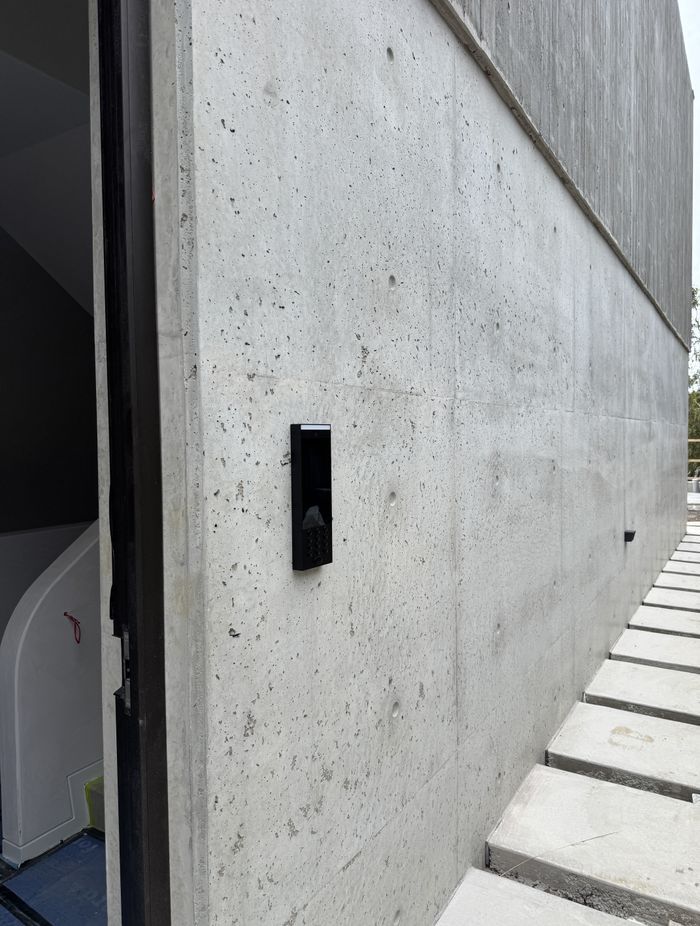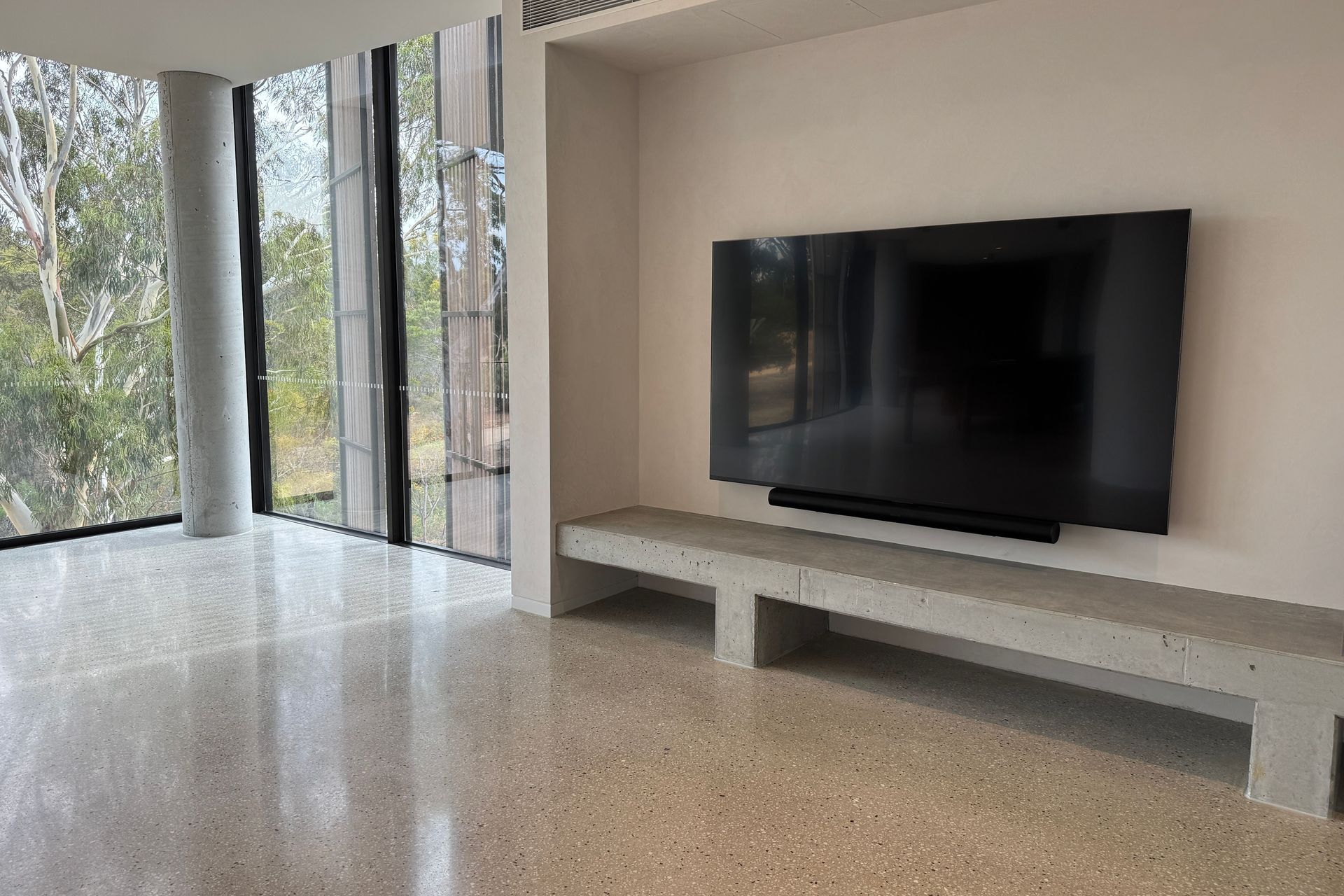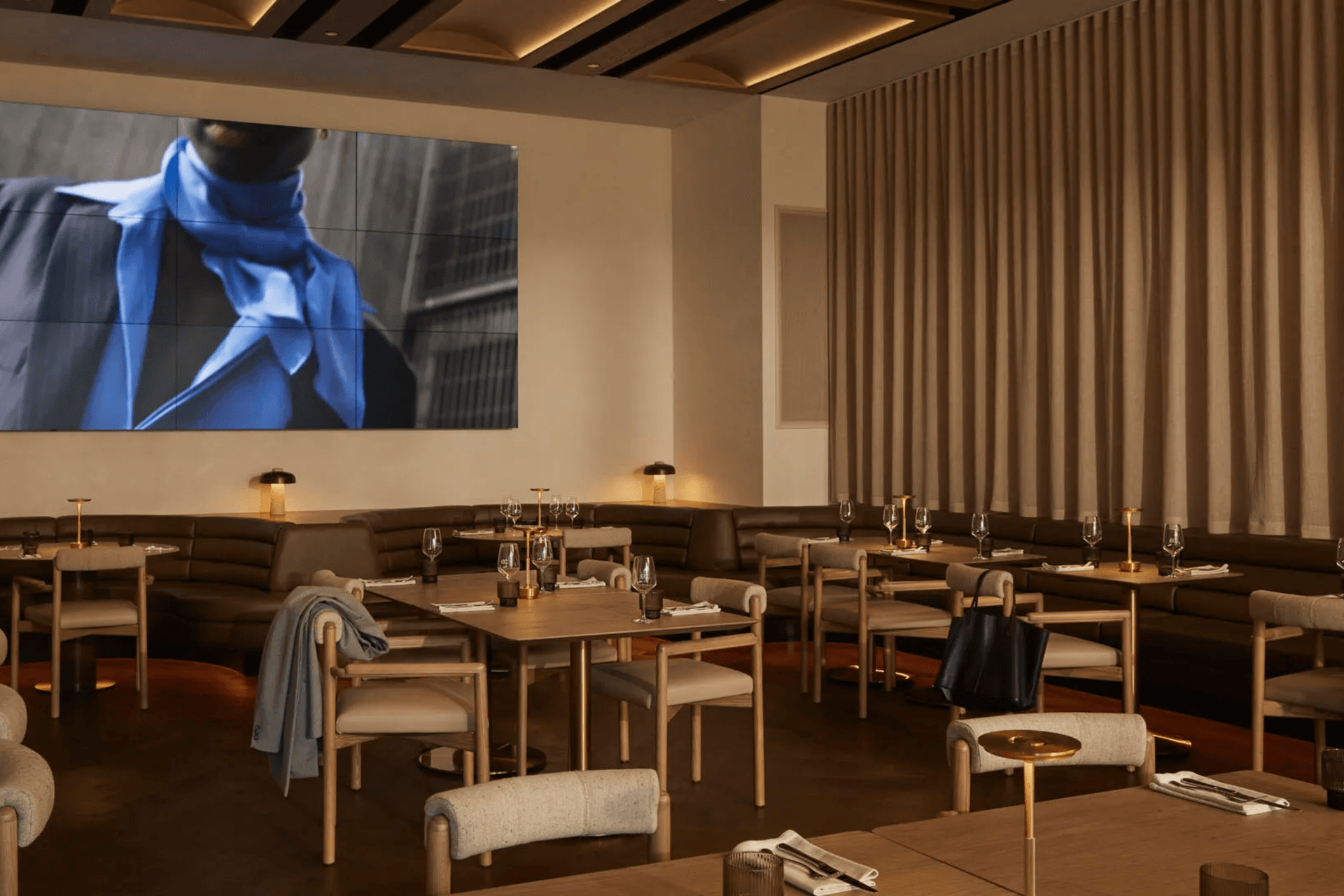Stylish automation solutions for homes and offices
Written by
15 February 2025
•
5 min read

Smart home automation isn’t new, but technology is constantly evolving. What was considered top of the range five or 10 years ago might be starting to show its age, especially as design trends change.
Servicing high-end architectural homes, Elec Reid makes it easier to connect, manage and operate all things electronic in the home.
Committed to supporting great design, the Melbourne-based team ensures all electrical and automation requirements align with the needs of modern living while maintaining a reliable electrical infrastructure.
“With attention to detail in all we do, we bring electrical solutions that elevate the atmosphere and integrate into the overall design, creating sleek and secure spaces,” says Elec Reid’s Joe Reid. “We’re consistently researching the latest technology to help bring people’s dreams to life.”
Creating sleek interior spaces with considered home automation design
No different from other parts of the home, it’s important to consider how home automation systems work with an overall aesthetic.
“There are lots of solutions out there that offer great functionality. However, clients want more than just function – they want something that looks great too. Picking a product line that looks amazing and fits with the home’s overall style is becoming a crucial part of what we do.”
Fittings that complement the rest of the design
Brushed brass and gold fittings are popular for homeowners wanting to create a softer feel in a room – a much different feel and aesthetic achieved with styles that might be bulkier in standard colour options. This also means switch plates and display monitors can be colour-matched with light fittings and plumbing hardware.


Sensors for seamless design
Sensors minimise the amount of switches needed in a room, creating less distraction from the rest of the design.
“Instead of having four switches as you walk into a bathroom, we can add sensors with different timings to reduce the number of switches to only one or two. During the day, all the bathroom lights can come on, but at night only the low-level floor lighting or LED strip comes on so the lighting is a lot softer. Everything can be tailored.”
Combining sensors and timers for improved livability
The use of sensors, timers and dawn/dust features also elevate the overall experience in a home. For example, cameras with number plate-reading technology can scan a homeowner’s number place and automatically open the gate as they approach; garden lights can be turned on in time for sundown; the overall temperature of a residence can be monitored with air conditioning and heating automatically adjusted as needed.
“Goodnight buttons can be installed next to the bed that turn off all the lights in the house, lock all the doors and gates, then switch the lights to sensor mode so that when you get up in the middle of the night, soft light can turn on as you walk down the hallway. Then a good morning button can lift all the blinds up. It’s about bringing everything together.”
Enhancing the mood and atmosphere in commercial designs
Removing the footprint of electricals should also be a priority when designing bespoke office spaces.
Many of Elec Reid’s recent workspace briefs have been focused on creating unique spaces that are as suitable for restaurant-quality meals as they are for leadership presentations.

“In particular, members’ only shared workspaces are really pushing the envelope for design and feel within their spaces. Many local Melbourne locations have asked for these spaces to be feature-packed with minimal visual impact – boardroom tables will have a single touchscreen, there will be no visible cables and a framed TV displays artwork when you walk in the room. There’s often soft lighting, it’s peaceful, the temperature is nice, and you don’t have a million cables all over the desk.
“It makes it a really nice place to be. It doesn’t feel like a boardroom or meeting space; instead, it feels like a nice space to be and have a chat. There’s a lot of technology in the room, but it’s all hidden away.”

Ongoing maintenance and customer support
Beyond selecting the right automation systems, users need to understand that the systems need maintenance, just as mobile phones and computers need software updates throughout the year.
“As our homes become more automated and more technical, there’s a need for good, reliable customer support. We’re finding that even a lot of manufacturers are noticing that people are a little bit wary with products and are stepping up their customer support game to help change this,” says Reid.
“A big mindset shift needs to happen in the smart home industry to understand that you no longer just install the products and leave them. For products like smart TVs and automation systems to all talk to each other seamlessly, it’s an amazing feat. It’s good to have a professional come by once a year and do a maintenance check. We can also log into systems remotely if there are any issues.”
There are lots of solutions out there that offer great functionality. However, we’re finding our clients want something more than just function – they want something that looks great too.
Speaking to a home automation specialist early in a project is key, as there are other factors to consider such as establishing strong connections in brick and concrete buildings.
If you’d like to learn more before starting your next residential or commercial project, get in touch with Elec Reid.
If you would like to further explore the project featured in this article further, click this link: www.eclat.com"